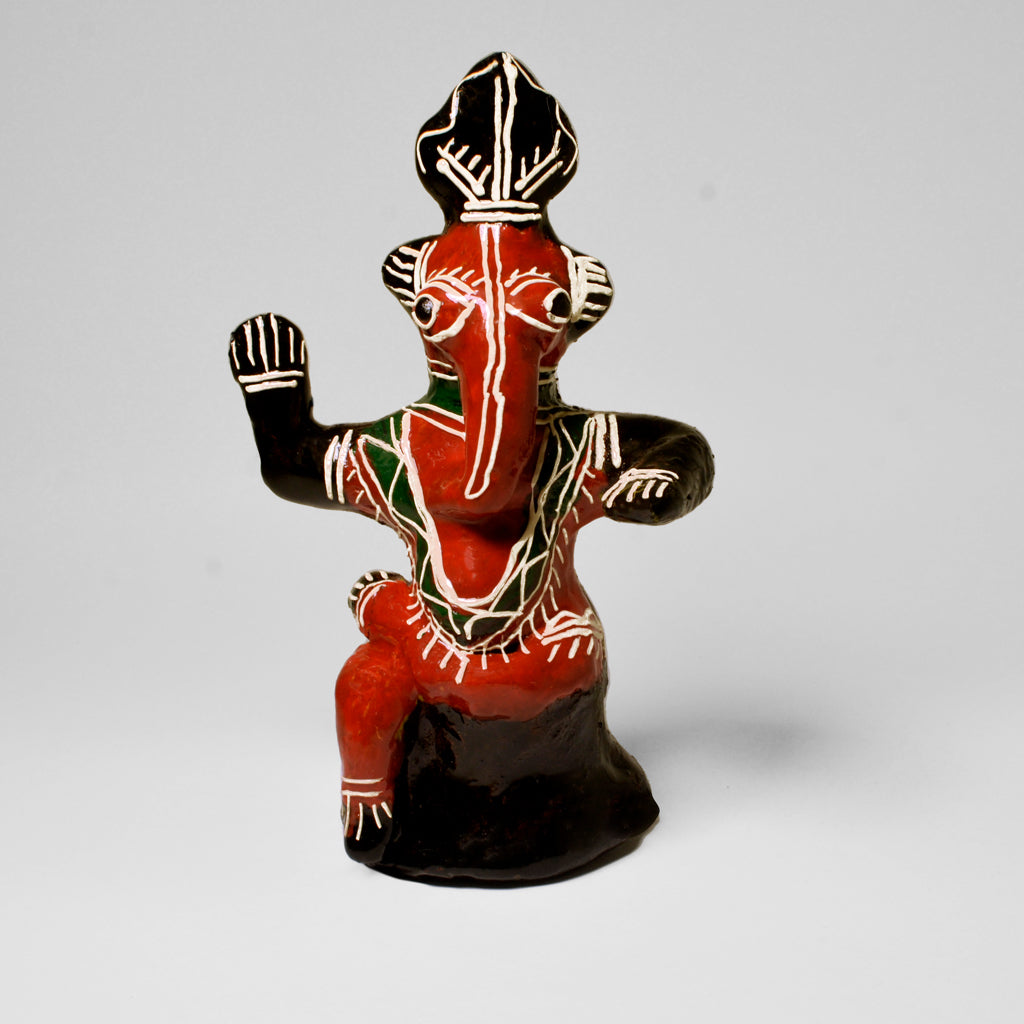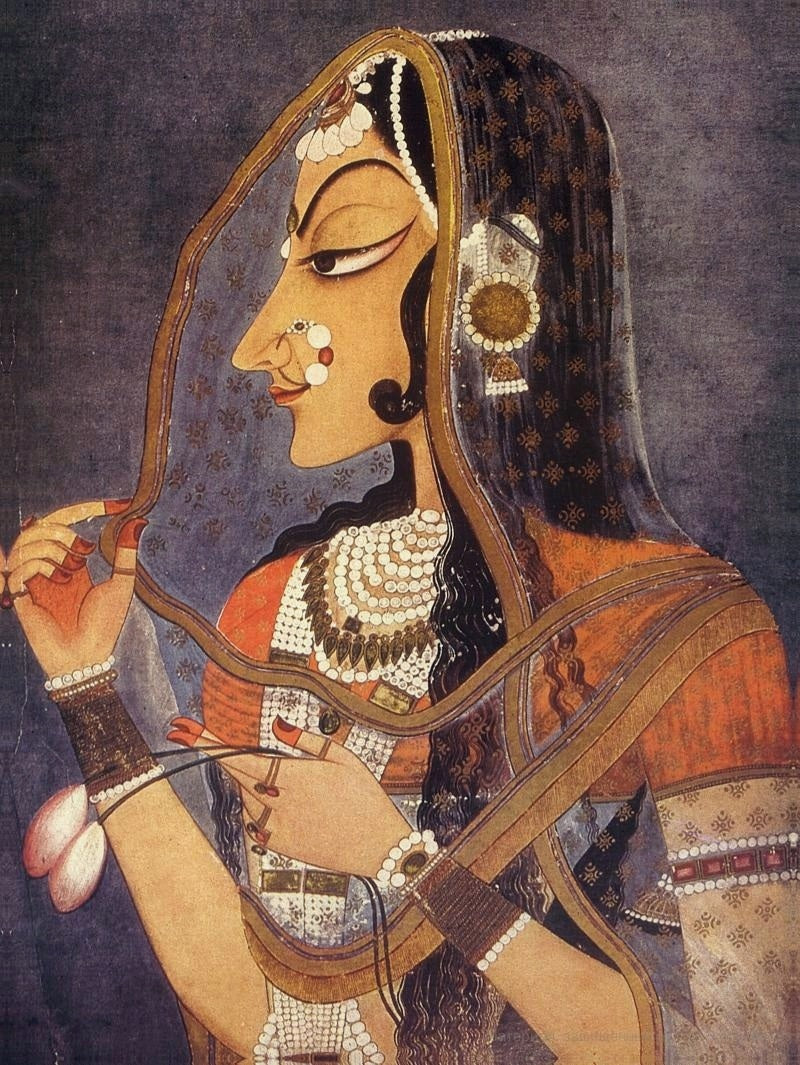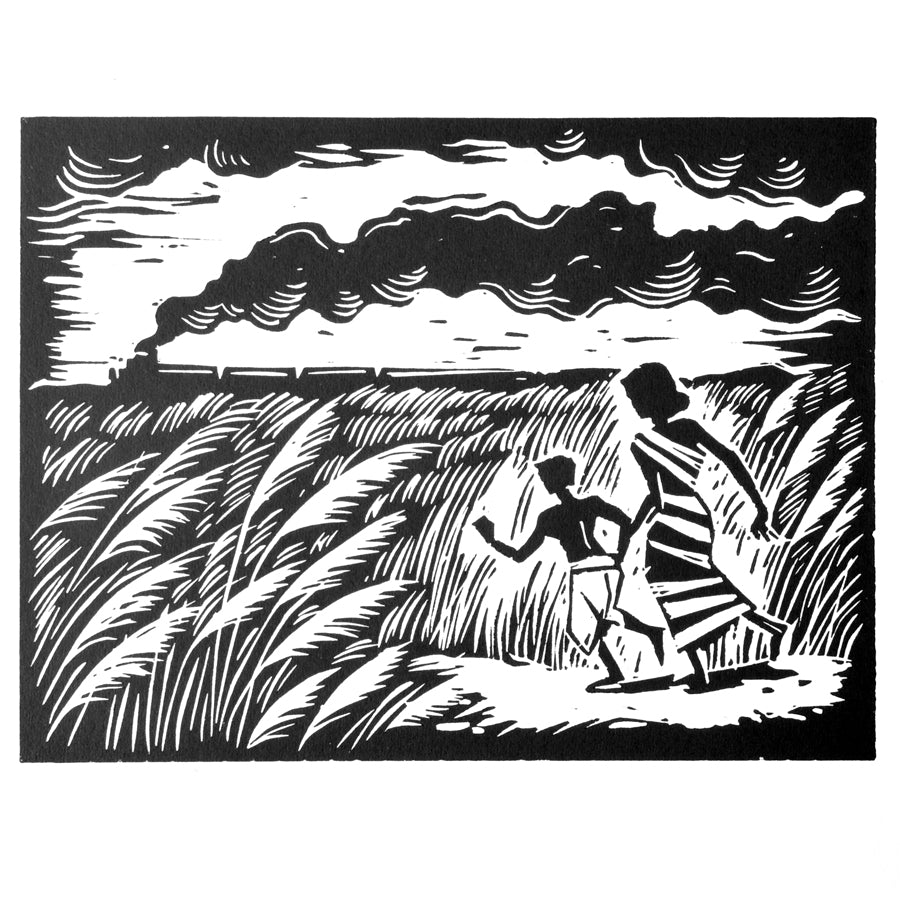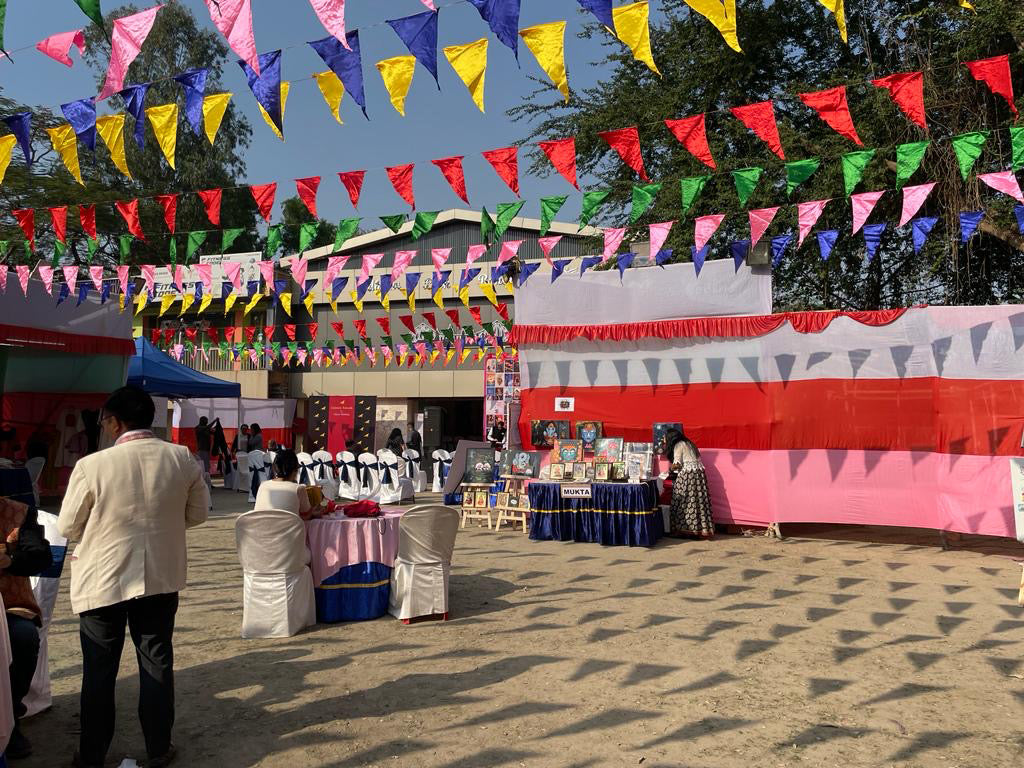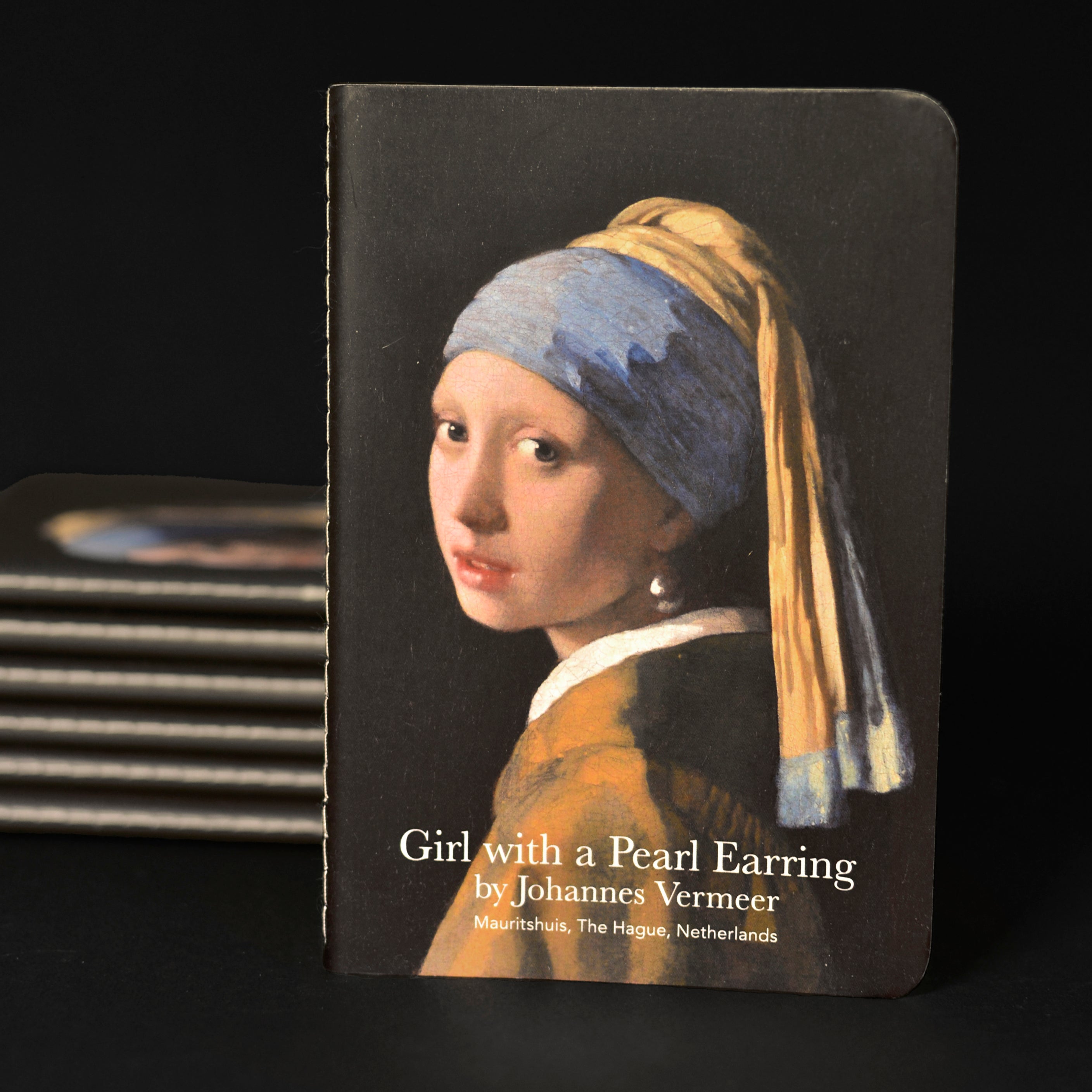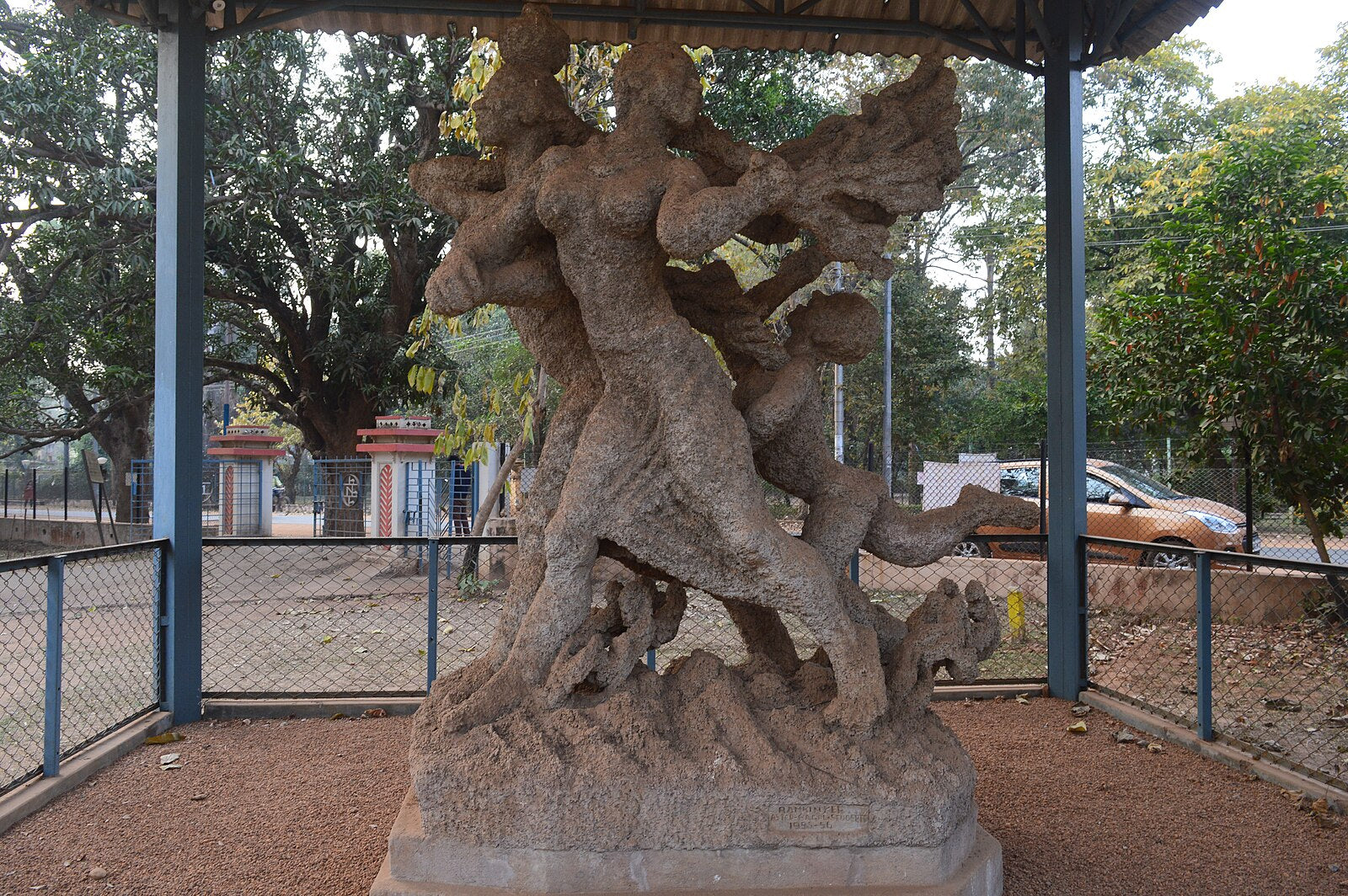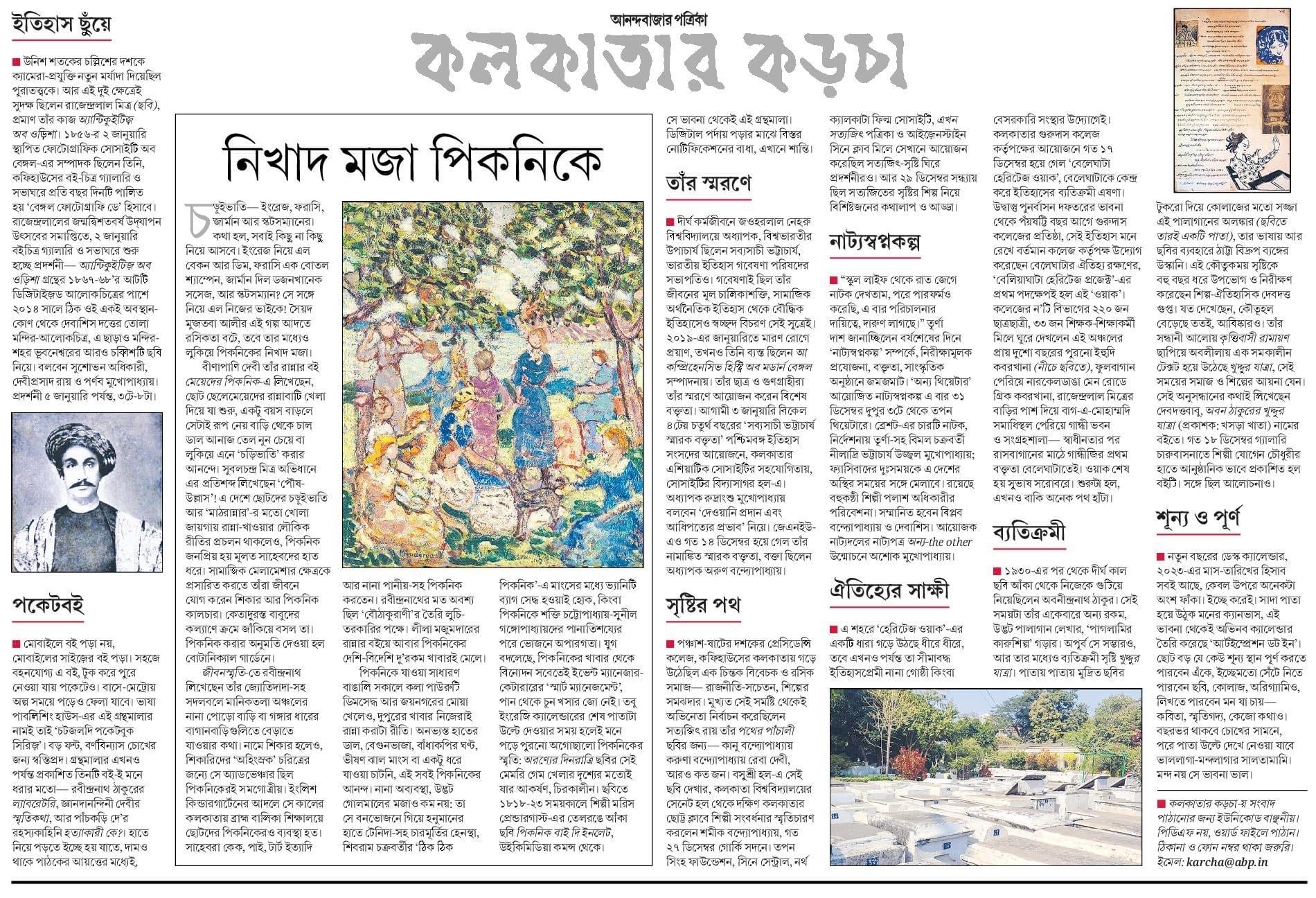In the last quarter of the eighteenth century, Calcutta, the capital of the British Empire, was the hub of printing and publishing in India. The indigenous printed picture occurred in the early nineteenth century in the form of vernacular book illustrations. From 1816 onwards, hundreds of illustrated books were printed in Calcutta by indigenous bazaar presses. The Bat-tala reliefs developed as a prolific bazaar phenomenon in nineteenth century Calcutta, its practitioners hailing from the artisan community. In 1854, the Calcutta School of Art was established, spawning a breed of 'gentlemen' artists. Prior to this, at the turn of the nineteenth century, Bamapada Banerjee oleographed his paintings for mass circulation. Both led to the emergence of lithographic studios in and around Calcutta, emulating European academic art tenets, but catering to a Bengali clientele.

Wood cut by Haren Das Image source: Google
With the rise of nationalism in the early twentieth century, there was a shift in aesthetic preferences. While the initial impetus came from the art school, the greater thrust came from the Tagore family. Under their aegis, artists such as Gaganendranath Tagore and Nandalal Bose began to practice artistic printmaking as opposed to printmaking as a medium of reproduction. With the establishment of Kala Bhavana at Santiniketan in 1920-21, printmaking received a further impetus.

Wood cut by Chittaprosad Bhattacharya Image source: Google
Amongst the mid-twentieth century printmakers in Bengal, two divergent genres emerged-Haren Das, working in the post-Partition years in the British academic art tradition, and the socially engaged Chittaprosad and Somnath Hore, who worked through the famine years and after, exploiting the potential of printmaking as a medium for the masses. The modernist era in printmaking in Bengal was largely driven by the Society of Contemporary Artists established in 1960 in Calcutta, with most significant printmakers of the time being its members.

